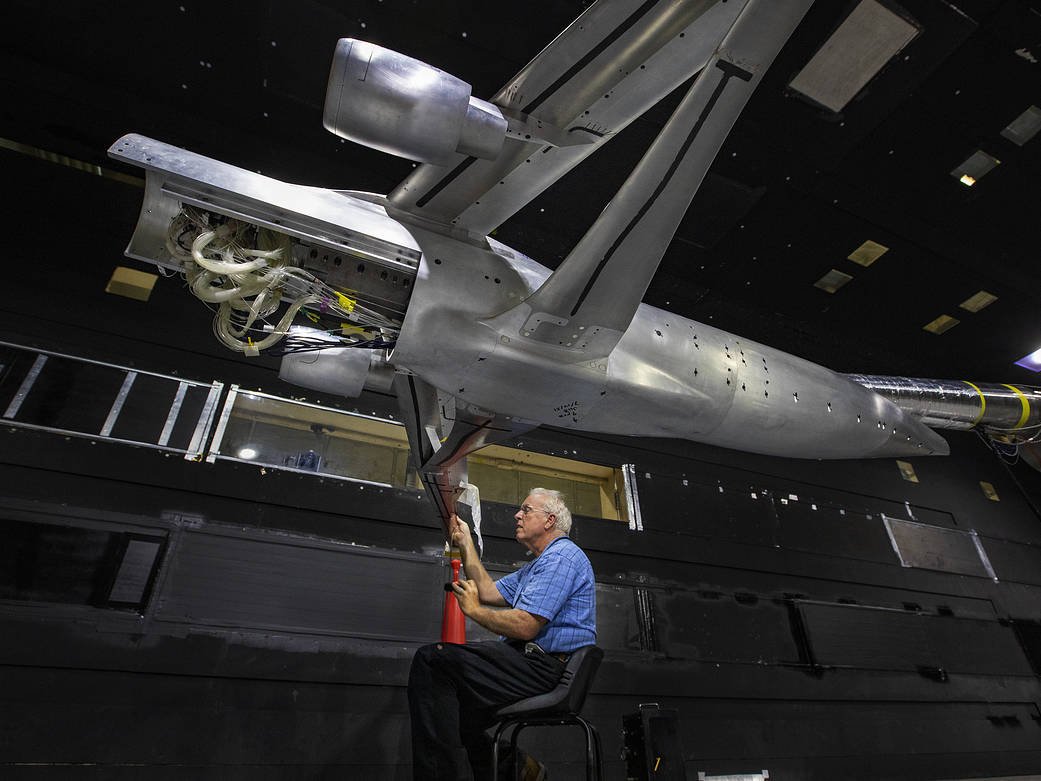NASA, in collaboration with the aviation industry, is working on developing more sustainable aircraft through the Sustainable Flight National Partnership (SFNP). One of the key focuses of this partnership is the development of a new wing design that promises significant savings in kerosene consumption. A first airworthy prototype of this wing design, known as the X-66A, is currently being built. Created in cooperation with Boeing and the US Air Force, the X-66A is intended to be the next generation of “narrow bodies” – aircraft like the Boeing 737 or the A320 with only one cabin aisle.
To create the X-66A, the design team at NASA decided to use the MD-90 from McDonnel Douglas as a starting point. This aircraft was in production until 2000 and had enough airworthy models available for testing. Additionally, Boeing, the buyer of McDonnel Douglas, had all the necessary design data, and the fuselage of the MD-90 could withstand the modifications planned for the X-66A. The main modification is replacing the wings of the MD-90 with a completely new design.
The wings of the X-66A are designed according to the Transonic Truss Braced Wing (TTBW) principle, which is a futuristic approach to wing design. Computer models have shown that this design can achieve kerosene savings of up to 30 percent, even at a normal cruising speed of Mach 0.8. Compared to current wings, the wings of the X-66A will be thinner to improve efficiency through a larger span. They will also be extra-long, resulting in a high aspect ratio compared to previous generations of airplanes. Higher aspect ratios lead to better lift-to-drag ratios, reducing the amount of thrust required for lift. This, in turn, leads to lower fuel consumption and fewer greenhouse gas emissions.
To address the issue of reduced fuel space in the wings, NASA has proposed storing fuel in the cargo hold of the aircraft. Boeing is set to build a full-size demonstrator of the X-66A to further test its feasibility and operational capabilities. Wind tunnel tests conducted last year showed promising results, with potential savings of up to 10 percent due to improved aerodynamics.
The lessons learned from the X-66A project will inform the final configuration of future production aircraft, according to NASA spokesperson Rob Margetta. This collaboration between NASA, Boeing, and the US Air Force represents a significant step towards developing more sustainable aircraft designs that can reduce fuel consumption and greenhouse gas emissions in the aviation industry.


